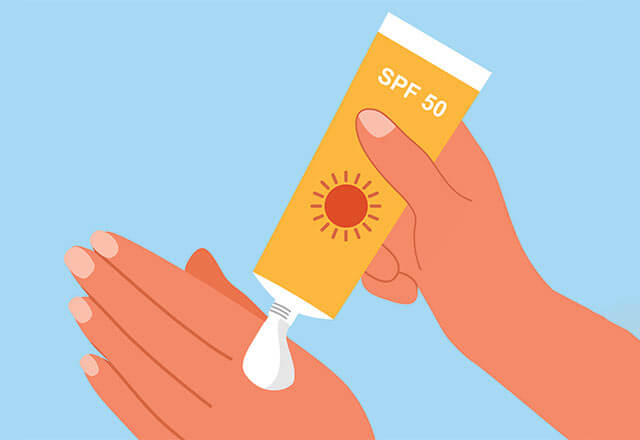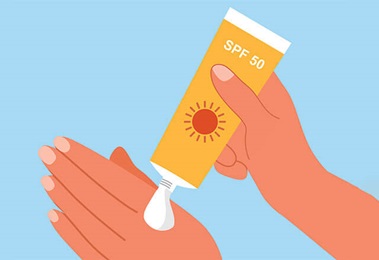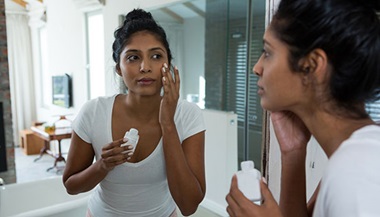Prickly Heat
What is prickly heat?
Prickly heat is a skin rash caused by sweat trapped in the skin. Normally, sweat travels to the surface of the skin through tiny ducts. If the ducts become narrowed or clogged, the sweat is trapped in the skin. This can cause redness, itching, and small blisters. The rash often appears on the torso and thighs, especially where skin touches skin. Prickly heat tends to be more common in hot, humid climates.
What causes prickly heat?
The condition is caused by narrowed or clogged sweat ducts. This may be because of things that cause sweating, such as:
-
Hot, humid weather
-
A lot of physical activity
-
Illness with fever
-
Tight or warm clothing
-
Bandages
-
Medicine patches that stick to the skin
-
Health conditions that cause extra sweating (hyperhidrosis)
It may also be from:
-
Some medicines, such as isotretinoin or beta blockers
-
Bacteria
Who is at risk for prickly heat?
You are more at risk for prickly heat if you sweat a lot, but it is more common in children.
What are the symptoms of prickly heat?
Symptoms can occur a bit differently in each person. They can include:
-
Itching
-
Irritation that feels like prickling
-
Small bumps or blisters
-
Large, red areas of skin
These symptoms may be caused by other health conditions. Always see your healthcare provider for a diagnosis.
How is prickly heat diagnosed?
Your healthcare provider will ask about your symptoms and health history. They will give you a physical exam. The physical exam will include looking closely at your skin.
If you have severe symptoms, your healthcare provider may do a skin biopsy. They will remove a small piece of skin to send to a lab.
How is prickly heat treated?
Treatment will depend on your symptoms, your age, and your general health. It will also depend on how severe the condition is.
The rash usually goes away on its own when sweating is prevented. You can do this by:
-
Keeping your skin cool and dry
-
Wearing lightweight, loose clothing
-
Wearing fabric that lets air get to the skin, such as cotton
-
Removing bandages or patches
Other treatment may include:
-
Using a gentle exfoliator in the bath or shower
-
Corticosteroid cream or lotion to help reduce itching and inflammation
-
Antibiotic cream or lotion if bacteria is part of the cause
-
Drying powders
Talk with your healthcare providers about the risks, benefits, and possible side effects of all medicines.
What are possible complications of prickly heat?
In rare cases, blocked ducts may cause damage to sweat glands. This is called miliaria profunda. The sweat glands stop working (anhidrosis). This causes problems with the body cooling itself normally with sweat. You can then be more easily overheated (hyperthermia).
Can prickly heat be prevented?
You can help prevent the problem by:
-
Staying in cool environments
-
Wearing lightweight, loose clothing
-
Taking other steps to prevent extra sweating
When should I call my healthcare provider?
Call the healthcare provider if you have:
-
Symptoms that don’t get better, or get worse even after using suggested treatments
-
New symptoms






